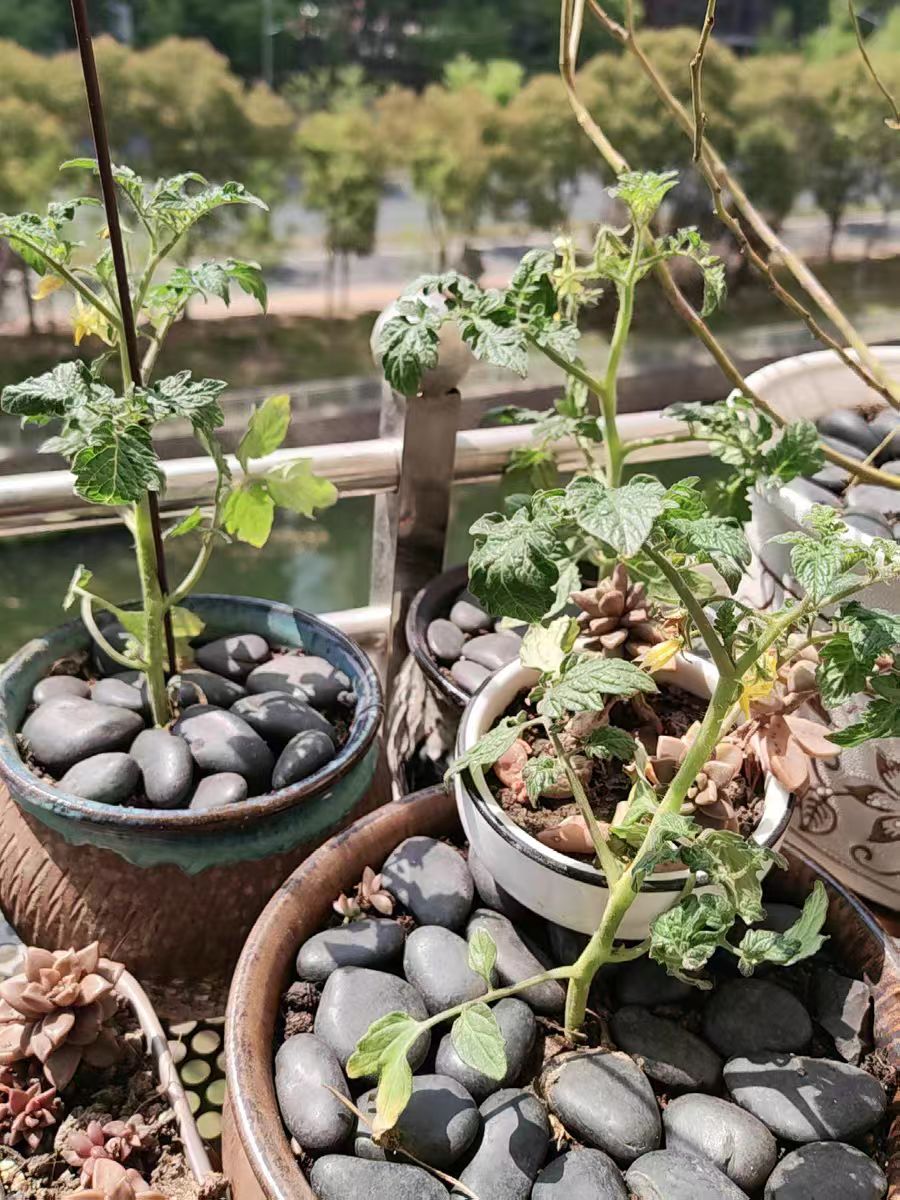Tomatoes are common and delicious vegetables, and many people are torn between choosing grafted seedlings or original seedlings when planting. In fact, these two types of seedlings have obvious differences in root systems, disease resistance, yield, cost, etc. Understanding these differences clearly can help you select the most suitable seedlings for your needs.
1. Root System: Natural vs. Enhanced
Original Seedlings: Their roots are naturally formed, with the shape, depth, and spread of the root system mainly determined by the tomato variety, which is relatively fixed.
Grafted Seedlings: The tomato seedling (scion) is attached to a wild tomato variety or a specialized rootstock with a robust root system. These rootstocks have deep-reaching, dense lateral roots that extend widely, enabling grafted seedlings to absorb more water and nutrients.
2. Growth Vigor: Steady vs. Robust
Original Seedlings: They grow at a steady pace consistent with the variety’s characteristics.
Grafted Seedlings: Bolstered by the rootstock’s "support," they grow more vigorously, with thick stems and lush leaves. After planting, they adapt to new environments faster and enter the growth and fruiting stages earlier.
3. Disease Resistance: Vulnerable vs. Protected
Original Seedlings: They are less resistant to soil-borne diseases such as fusarium wilt, bacterial wilt, and root-knot nematodes. In continuous cropping fields or poor soil conditions, they are highly susceptible to diseases, which can even lead to plant death and reduced yields.
Grafted Seedlings: The rootstock is inherently resistant to these soil-borne diseases, acting like armor for the tomato seedlings. For example, grafting with a rootstock resistant to nematodes can protect tomato roots from infestation, significantly reducing the risk of disease.
4. Yield: Moderate vs. High
Original Seedlings: Their yield is determined by the variety, with relatively stable but moderate output.
Grafted Seedlings: Due to their strong growth and disease resistance, they maintain vigorous vitality for a long time, producing more fruits with heavier individual weights. Overall, their yield can be 20%–50% higher than original seedlings (or even more). Additionally, their strong nutrient absorption capacity ensures uniform fruit size, bright color, and appealing appearance. In most cases, the taste of grafted seedlings is similar to that of original seedlings, though subtle changes in sweetness or acidity may occur if the rootstock and scion are poorly matched—this can be avoided by selecting an appropriate combination.
5. Cost: Low vs. High
Original Seedlings: They are simple to cultivate, with inexpensive seeds. Costs mainly include seed purchase, seedling facilities, and daily management, requiring minimal investment.
Grafted Seedlings: The process is more complex. In addition to scion seeds, specialized rootstock seeds are needed. Grafting requires technical skill and labor, and careful post-grafting care is essential. As a result, the cost is 2–3 times higher than original seedlings, involving significant upfront investment.
Conclusion: Which to Choose?
Choose grafted seedlings if: Your field has high risks of soil-borne diseases, you aim for high yields, and you have sufficient budget.
Choose original seedlings if: The soil is healthy, your planting scale is small, you want to save costs, or you prefer the authentic taste of tomatoes.
What are the differences between grafted tomato seedlings and non-grafted seedlings?

Share with
Tagged in :




Leave a Reply